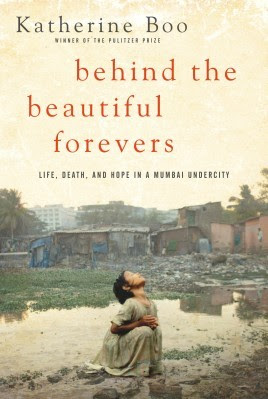The Shah of Blah had run out of the water subscription from the Sea of Gup. He had to peer blinkingly through the looming shroud of silence that the Land of Chup cast over his cheerful story-telling self.
Meanwhile in the Land of Chup…..
The ruler of the Land of Chup or Khattam-Shud was not simply a nonbeliever of stories, a foe to the narrative tradition. He was also a nonbeliever of utopias, a heretic in the fairy tale world, a feared enemy of the world of beginnings and ends, the happily ever afters and the once upon a times. His religion was the antithesis of organized religion, familiar and reworkable myths, predictable plots or for that matter, radical plots, recognized motifs of the handsome prince, the evil witch, the gullible princess, the scheming step-mother, the humane and the human beast.
The Rasas, namely love, mirth, disgust, fury, compassion, horror, heroism, wonder who were the sentinels of the Land of Gup, mistrusted him and not all the gardeners of the Land of Gup could weed out the deep anarchy that had poisoned the roots of the Hoary Story Tree. Already, the metaphors were withering away, already, the allegories were paling, the tropes swaying dangerously and the fables counting their days. But what the Eggheads, the Blabbermouth, the Shahs of Blah that the Land of Gup spawned did not see was that the ruler of Chup was a man with a mission. He was not simply a man who enjoyed a moment of quiet and God, those Gupwallahs talked so much! Shut up already, won’t you?
He was also a man who hated the mindless utopia, the pointless cheerfulness, the story-says-it-all, the all’s well that ends well or the c’est la vie tragique. In short, he must wage war on the Cult of the Narrative Journalist. He must expose the seedy underbelly of the story-telling crooks peopled by Contradictions, Facile Explanations, Fabrication and Misinterpretation.
He sought to take the war into the very heart of Gup. He must colonize the heart and mind of the son of the Guppest of them all. He must reform Narouh, the son of the Shah of Blah. It would simply not do to teach the world to mistrust the little boy who spoke too much and who told stories to his mother. He must train the journalist out of him when it was still an unpaid intern working for that shifty, gobbledegooking, two-faced Shadir. He must educate the little boy, Narouh of the three principles of Narrative Journalism,
1. Go sniffing for a story even if there isn’t one.
2. Get people to say the things you want.
3. Use a lot of numbers and big words.
Then he educated the little boy of the three Assumptions of Narrative Journalism and in short, those of the Land of Gup,
1. People like stories.
2. All stories are happy stories.
3. The world is a better place for having heard a story.
He then told Narouh about the Narrative Journalist in the fearsome jungle that wrote about the M-people. Unlike the Gupwallahs, the Lord of Chup was a man of subtlety. He did not tell the boy that this Gupwallah was well-versed in the DoubleSpeak of Journalese. For, after all, didn’t that amount to indicting, incriminating, and condemning the Gupwallah in his own vocabulary of redundancy and big, fancy words? He instead thought to play clever. He told them how this Gupwallah worked and what his personal convictions were. This Gupwallah was happy, very, very happy when the M-people one day charged into the camp of the Good Soldiers and did away quietly with each one of them.
Then he told Narouh about the immature Gup who believed he “should” because he “could”. He told him about the wastefulness of the Gups who played games, whacked off people, blew up things, checked out random, hot women in a virtual world of make-believe. All because they could. And all because it made for a Good Story. Fie, fie…, added the Lord of Chup for good measure. After all, even He couldn’t help his occasional lapses into Gup when he came face to face with its evil.
Then he told Narouh about the scheming academic that spent every living day plotting her research, moulding and beating into shape every detail into a narrative that she worked out backwards, having first reached her conclusion. He told Narouh that this girl was a Gup and a Narrative Journalist through other means. By using words like “empirical”, “alterity”, “phantasmagorical” and “hermeneutic”, she was the Enemy of Clarity and Knowledge. Asked to defend her research and asked how something worked, she replied, well, why, of course, by P2CTE or Processes Too Complicated to Explain.
Thus began the education of Narouh who was formally initiated into the Cult of the Anti-Story, the Cult of the Non-Narrators.




